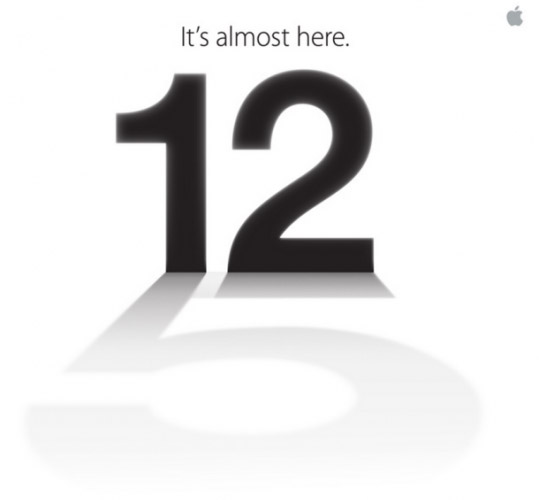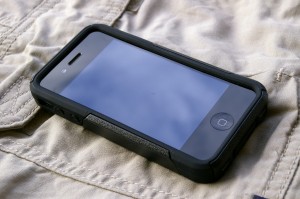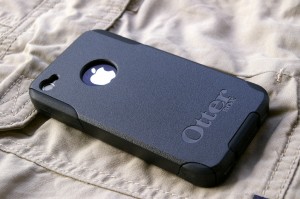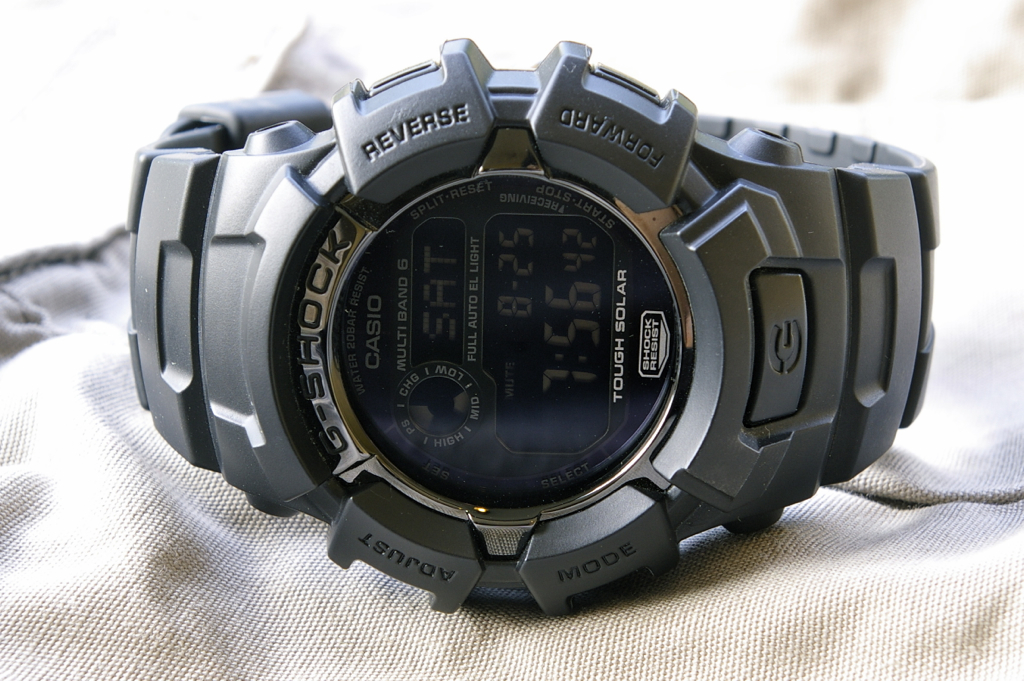Apple has finally sent out invites to their much anticipated September 12 press conference. What is almost here? Why, the iPhone 5, of course!
It’s not the new iPhone because, well, there’s that shadow there. It will be a taller phone with an aluminum back but still following the general design pattern of the iPhone 4/4S. Pretty much what all those leaked purported iPhone 5 photos all over the net show.
Although the display will be taller, the horizontal resolution will remain the same as the iPhone 4/4S because they want to leverage the current existing Retina apps. Apps not automatically supporting the new display size will be letter-boxed.
It will have a quad-core processor, 1GB RAM, and 64GB storage in line with current smartphones specifications. But these will not be highlighted or maybe even mentioned.
Finally, it will support glasses-free 3D and will have a second rear-facing camera at the lower section for taking 3D photos and videos.
Now let’s see if I got anything right.




